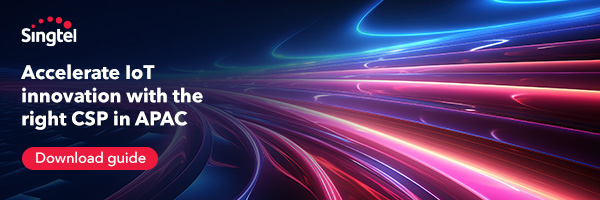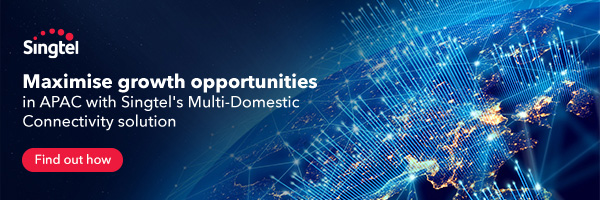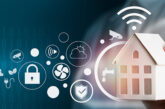
The Internet of Things (IoT) has ushered in a new era of connectivity, and its impact is profoundly felt in the world of wearables. Smart wearable devices, from smartwatches and fitness trackers to augmented reality glasses, have become integral to our daily lives. In this article, we will explore the pivotal role of IoT in wearables, its key applications, benefits, challenges, and the exciting future it holds for personal technology.
The IoT Revolution in Wearables
Wearable technology has evolved beyond mere timekeeping or fitness tracking. Smart wearables have become powerful, connected devices capable of collecting and transmitting a wide range of data. IoT is at the heart of this transformation, enabling these devices to communicate with other systems and users.
Key Applications of IoT in Wearables
1. Health and Fitness Tracking
Wearable fitness trackers and smartwatches equipped with IoT technology can monitor a variety of health metrics, including heart rate, steps taken, sleep patterns, and more. These devices often sync with smartphone apps to provide users with real-time insights into their well-being and fitness progress.
2. Location and Navigation
GPS-enabled wearables, such as smartwatches and fitness trackers, can provide accurate location and navigation data. This is especially valuable for outdoor activities, runners, cyclists, and hikers.
3. Augmented Reality (AR)
AR glasses are wearable devices that overlay digital information on the user’s field of view, enhancing their perception of the physical world. IoT connectivity in AR glasses can deliver real-time data and interactions, making these devices more powerful and interactive.
4. Communication
Smartwatches and similar wearables enable users to make calls, send texts, and receive notifications, keeping them connected without needing to pull out their smartphones.
5. Environmental and Biometric Sensors
IoT wearables often include sensors that measure environmental factors, like temperature and air quality, as well as biometric data such as body temperature and stress levels. This data can be used for health monitoring and wellness management.
6. Location-Based Services
IoT in wearables allows for location-based services such as geofencing and location-sharing. Users can set up alerts when they enter or leave specific areas or share their location with family and friends.
7. Payments and Transactions
Many wearables, including smartwatches and fitness trackers, support contactless payments. These devices can be used to make purchases, access public transportation, and more, simplifying daily transactions.
8. Work and Productivity
IoT-powered smart glasses are finding applications in various industries. They can provide real-time information, instructions, and data visualization for workers in fields like manufacturing, healthcare, and logistics.
Benefits of IoT in Wearables
The integration of IoT in wearables offers numerous advantages:
1. Health and Wellness
Wearable devices with IoT capabilities empower individuals to take control of their health and fitness. They can monitor key metrics, track progress, and receive personalized recommendations for a healthier lifestyle.
2. Convenience
Wearables make it easier to access information and services without having to pull out a smartphone or other device. This convenience is especially valuable in situations where using a larger device would be impractical.
3. Safety and Security
Location-based services and emergency features in wearables enhance user safety and security. IoT connectivity allows wearables to transmit critical information in emergency situations.
4. Enhanced Communication
Wearables enable seamless communication, reducing the need to constantly check a smartphone. They allow users to stay connected while keeping their hands and attention free.
5. Improved Productivity
IoT-powered wearables in the workplace streamline tasks and enhance productivity. Workers can access vital information and instructions without having to consult manuals or look at screens.
6. Real-Time Data
Wearables equipped with IoT technology provide real-time data, which can be especially valuable in sports and fitness, healthcare, and various professional fields.
Challenges and Considerations
While IoT in wearables offers numerous benefits, it also poses challenges and considerations:
1. Data Security and Privacy
Collecting and transmitting personal data via wearables raise concerns about data security and privacy. Robust security measures are necessary to protect user information.
2. Battery Life
IoT wearables often require a constant connection to the internet or other devices, which can put a strain on battery life. Extended battery life remains a challenge for manufacturers.
3. Compatibility
IoT devices must be compatible and standardized to ensure seamless data exchange and integration. Common protocols and standards are essential for achieving this.
4. Data Accuracy
The accuracy and reliability of data collected by wearables are paramount, especially in healthcare and fitness applications. Ensuring that the data is precise and reliable is critical.
5. Ethical Considerations
Wearables can raise ethical concerns, particularly in terms of data collection and sharing. Users and manufacturers must consider the ethical implications of wearable technology.
The Future of IoT in Wearables
As technology continues to advance, the future of IoT in wearables looks promising. Here are some trends and developments to watch for:
1. Enhanced AI Integration
IoT and artificial intelligence (AI) will work together to provide more intelligent wearables that can analyze and provide insights into user data.
2. Extended Battery Life
Improvements in battery technology will extend the battery life of wearables, reducing the need for frequent charging.
3. Enhanced Connectivity
Wearables will become even more connected and integrated with other devices and services, offering a seamless user experience.
4. Health Monitoring Advancements
Health-focused wearables will provide more advanced monitoring and diagnostic capabilities, leading to better healthcare outcomes.
5. Personalization
Wearables will become increasingly personalized, adapting to user preferences and individual needs.
Conclusion
The Internet of Things is transforming wearables into powerful, connected devices that enhance health, convenience, communication, and productivity. Challenges related to data security, battery life, and compatibility must be addressed to ensure that the benefits of IoT in wearables are fully realized.
As IoT technology continues to evolve, it will remain a driving force in wearables, offering a glimpse into a future where these devices become even more integral to our daily lives, providing insights and convenience that we cannot imagine living without.







